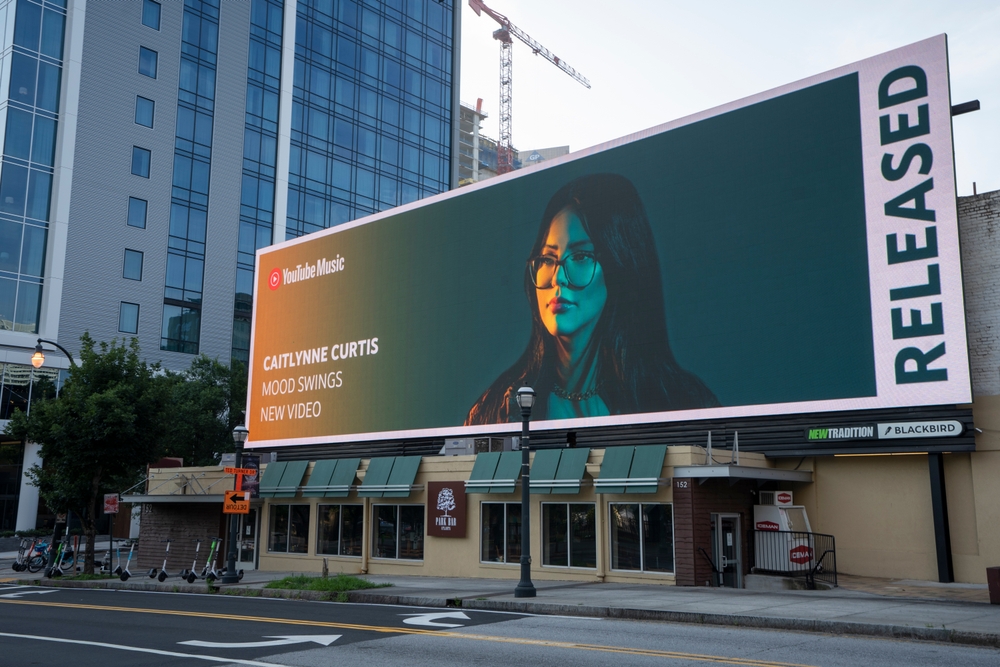
Experiential marketing is revolutionizing the way brands connect with consumers, especially in the realm of Out-of-Home (OOH) advertising. By creating immersive and engaging experiences, experiential marketing is making OOH more appealing and effective than ever before.
1. Creating Memorable Experiences
One of the key ways experiential marketing enhances OOH advertising is by creating memorable experiences for consumers. Traditional billboards and static ads may capture attention momentarily, but experiential campaigns leave a lasting impression.
For example, imagine walking down a busy street and encountering a bus stop shelter transformed into a mini beach, complete with sand, beach chairs, and the sound of waves. This immersive experience not only grabs attention but also sparks positive associations with the brand.
2. Engaging Multiple Senses
Experiential OOH campaigns engage multiple senses, making them more impactful and memorable. Instead of relying solely on visual cues, these campaigns incorporate elements like sound, touch, and even scent.
For instance, a coffee brand may install OOH displays that release the aroma of freshly brewed coffee, enticing passersby to stop and experience the brand in a sensory-rich way.
3. Leveraging Technology
Technology plays a significant role in experiential OOH advertising. Brands are integrating interactive digital screens, augmented reality (AR), and virtual reality (VR) experiences into their OOH campaigns.
These tech-driven elements not only capture attention but also provide opportunities for interactive storytelling and product demonstrations. Imagine a cosmetics brand setting up AR mirrors at bus stops, allowing people to virtually try on different makeup looks before visiting the store.
4. Driving Social Media Engagement
Experiential OOH campaigns are inherently shareable on social media platforms. When consumers encounter unique and immersive experiences in public spaces, they are likely to capture their experiences and share them online.
This user-generated content not only extends the reach of the campaign but also creates buzz and excitement around the brand.
5. Connecting with Millennials and Gen Z
Millennials and Gen Z consumers, who value experiences over material possessions, are particularly drawn to experiential marketing. OOH campaigns that offer interactive and Instagrammable moments resonate well with these demographics. Brands that tap into this trend can build stronger connections with younger audiences and drive brand advocacy.
6. Measuring Impact and ROI
Advancements in data analytics allow brands to measure the impact and ROI of experiential OOH campaigns more effectively. By tracking metrics such as foot traffic, social media mentions, and consumer engagement, brands can gain valuable insights into the effectiveness of their campaigns and make data-driven decisions for future initiatives.
7. Amplifying Brand Storytelling
Experiential OOH campaigns provide a platform for brands to tell compelling stories and connect with consumers on an emotional level. Whether it’s creating interactive art installations, hosting pop-up events, or staging live performances in public spaces, these experiences humanize the brand and foster deeper connections with the audience.
Case Studies: Successful Experiential OOH Campaigns
Let’s look at some real-world examples of brands that have leveraged experiential marketing to make their OOH campaigns more appealing and effective:
1. Coca-Cola’s Happiness Machines
Coca-Cola’s “Happiness Machines” are iconic examples of experiential OOH campaigns. These vending machines were placed in public spaces, such as parks and malls, and surprised consumers with unexpected interactions, like dispensing free drinks, playing music, or displaying personalized messages. The joyful experiences created by these machines generated immense positive sentiment and social media buzz.
2. IKEA’s Sleepover Experience
IKEA, known for its innovative marketing tactics, launched an experiential OOH campaign in which it transformed bus shelters into cozy bedrooms. Commuters waiting for buses could step inside these shelters and experience the comfort and style of IKEA’s furniture firsthand. The campaign not only showcased IKEA’s products but also provided a unique and memorable experience for passersby.
3. KitKat’s “Have a Break” Bench
KitKat, famous for its “Have a Break, Have a KitKat” slogan, took experiential OOH advertising to parks and public spaces. The brand installed benches shaped like giant KitKat bars, inviting people to take a break, relax, and enjoy a KitKat. The interactive benches became popular spots for socializing and taking photos, amplifying KitKat’s brand visibility and engagement.
Future Trends in Experiential OOH Advertising
Looking ahead, several trends are shaping the future of experiential OOH advertising:
1. Integration with Data Analytics
Brands are leveraging data analytics to measure the impact and effectiveness of experiential OOH campaigns. By analyzing consumer behavior, engagement metrics, and social media mentions, advertisers can optimize their strategies and enhance ROI.
2. Sustainability and Eco-Friendly Installations
There is a growing emphasis on sustainability in experiential OOH advertising. Brands are exploring eco-friendly materials, energy-efficient technologies, and interactive installations that promote environmental consciousness and resonate with eco-conscious consumers.
3. Immersive AR and VR Experiences
The integration of augmented reality (AR) and virtual reality (VR) technologies is set to revolutionize experiential OOH advertising. Brands can create immersive and interactive experiences that transport consumers into virtual worlds, allowing for deeper engagement and storytelling.
4. Location-Based Targeting and Contextual Relevance
Advancements in geolocation technology enable brands to deliver contextually relevant experiences based on the consumer’s location and surroundings. For example, a retail brand could deploy interactive OOH displays near shopping malls, offering personalized discounts and product recommendations based on the consumer’s proximity.
5. Multi-Sensory Brand Experiences
The future of experiential OOH advertising lies in crafting multi-sensory brand experiences that engage sight, sound, touch, and even taste and smell. By stimulating multiple senses, brands can create immersive environments that leave a lasting impact on consumers.
Conclusion
In conclusion, experiential marketing is transforming OOH advertising by creating immersive, memorable, and shareable experiences that resonate with consumers on a deeper level. By engaging multiple senses, leveraging technology, and driving social media engagement, experiential OOH campaigns capture attention, drive brand awareness, and foster lasting connections with audiences.
As brands continue to innovate in this space, experiential marketing will play an increasingly integral role in making OOH advertising more appealing and impactful in the digital age.
